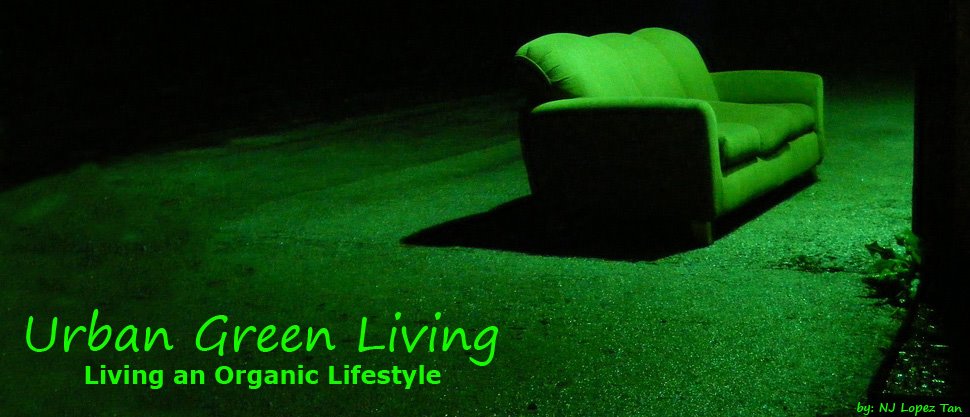Let’s play a little game called “paint me a picture”. Although you’ll be doing this on your computer desk where I couldn’t see it, it would really help if you play this as if you are “painting” a picture to someone in the room. I’ll be describing a scenario and try to get a mental image in your head of what it would be like with those instances. The objective of this game is for you to feel what it’s like the things I’m about to describe. Now, let’s start…
•Paint me a picture of a world where computers doesn’t exist. What do you see?
•Paint me a picture of a society with no health care benefits.
•Paint me a picture of a young boy begging night and day for food.
•Paint me a picture of a bird not afraid of humans because humans are the only one who has food.
Now, let’s see what you’ve got. For the first item, I would guess you’d paint a world where mails are delivered the old fashion way, where it would take a number of days before you receive one. Or you would have an image of a person, let’s say an HR assistant, manually stacking all the employee records in one filing cabinet considering there are 30,000 employees in the company.
On the second item, a society with no health care benefits would depict a culture either overly engrossed with their daily jobs just to make sure they are prepared for an emergency or a community helping one another financially just to afford the professional fee of a certified doctor.
A boy begging for food is something we all see daily on the streets. But what if these boys multiply themselves shifting the balance between the rich and the needy? Do you think it would be a nice picture to paint?
How about birds or animals even who doesn’t care if humans would hurt them so long as they find food among the wastes thrown out by people? It would be a very scary place to be where no boundaries between humans and animals exist.
Now you would ask me, where am I driving this at? Simple… Regardless which scenario indicated above, whether pictured overly grotesque or drawn in a way where you cover the truth under a pile of lie, it would seem that the world is not responsible for all these things to happen. I read this morning on the local newspaper that local leftists are protesting for change well in fact that they themselves do not have an alternative plan. It would seem that all we ever do now is talk and talk and talk. All talk no actions. If we can’t pin the blame on someone, we blame it on something. In this case, it’s either the environment or the event that which caused the problem. I noticed that we don’t care if issues get to be resolved, what we only care about is the propagation of our own interests. In return, everything around us suffers.
Like the issue of global warming. A lot of people are saying that these are not caused by man but a series of changes nature intended to be. The problem with that analysis is that while I agree that it is a change made by nature, the contribution of mankind to these changes are pushing it to its limits therefore allowing nature to change course on a dangerous level. This in return makes our world a not-so-better place to live in.
The scenarios that I asked you to paint above are results of our careless actions today. I don’t mean to generalize everyone and I know that there are a lot of non-profit groups out there with different advocacies trying to make a difference in their own way. I applaud you for doing that.
In the end, it’s just a matter of doing what you can and hoping that everyone else will do it. Not a beggar left on the streets, everyone well insured, and most of all, living a comfortable life despite any circumstances.
•Paint me a picture of a world where computers doesn’t exist. What do you see?
•Paint me a picture of a society with no health care benefits.
•Paint me a picture of a young boy begging night and day for food.
•Paint me a picture of a bird not afraid of humans because humans are the only one who has food.
Now, let’s see what you’ve got. For the first item, I would guess you’d paint a world where mails are delivered the old fashion way, where it would take a number of days before you receive one. Or you would have an image of a person, let’s say an HR assistant, manually stacking all the employee records in one filing cabinet considering there are 30,000 employees in the company.
On the second item, a society with no health care benefits would depict a culture either overly engrossed with their daily jobs just to make sure they are prepared for an emergency or a community helping one another financially just to afford the professional fee of a certified doctor.
A boy begging for food is something we all see daily on the streets. But what if these boys multiply themselves shifting the balance between the rich and the needy? Do you think it would be a nice picture to paint?
How about birds or animals even who doesn’t care if humans would hurt them so long as they find food among the wastes thrown out by people? It would be a very scary place to be where no boundaries between humans and animals exist.
Now you would ask me, where am I driving this at? Simple… Regardless which scenario indicated above, whether pictured overly grotesque or drawn in a way where you cover the truth under a pile of lie, it would seem that the world is not responsible for all these things to happen. I read this morning on the local newspaper that local leftists are protesting for change well in fact that they themselves do not have an alternative plan. It would seem that all we ever do now is talk and talk and talk. All talk no actions. If we can’t pin the blame on someone, we blame it on something. In this case, it’s either the environment or the event that which caused the problem. I noticed that we don’t care if issues get to be resolved, what we only care about is the propagation of our own interests. In return, everything around us suffers.
Like the issue of global warming. A lot of people are saying that these are not caused by man but a series of changes nature intended to be. The problem with that analysis is that while I agree that it is a change made by nature, the contribution of mankind to these changes are pushing it to its limits therefore allowing nature to change course on a dangerous level. This in return makes our world a not-so-better place to live in.
The scenarios that I asked you to paint above are results of our careless actions today. I don’t mean to generalize everyone and I know that there are a lot of non-profit groups out there with different advocacies trying to make a difference in their own way. I applaud you for doing that.
In the end, it’s just a matter of doing what you can and hoping that everyone else will do it. Not a beggar left on the streets, everyone well insured, and most of all, living a comfortable life despite any circumstances.



.jpg)

 ome goes against the idea but I think there is still a way in attaining a society with zero-waste. It all depends on how we define the term waste and how we look at it.
ome goes against the idea but I think there is still a way in attaining a society with zero-waste. It all depends on how we define the term waste and how we look at it.





